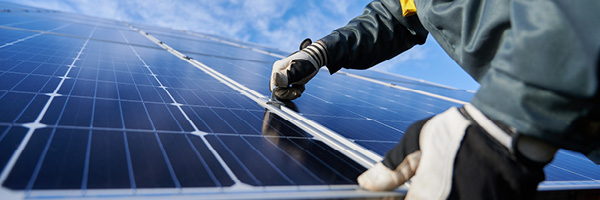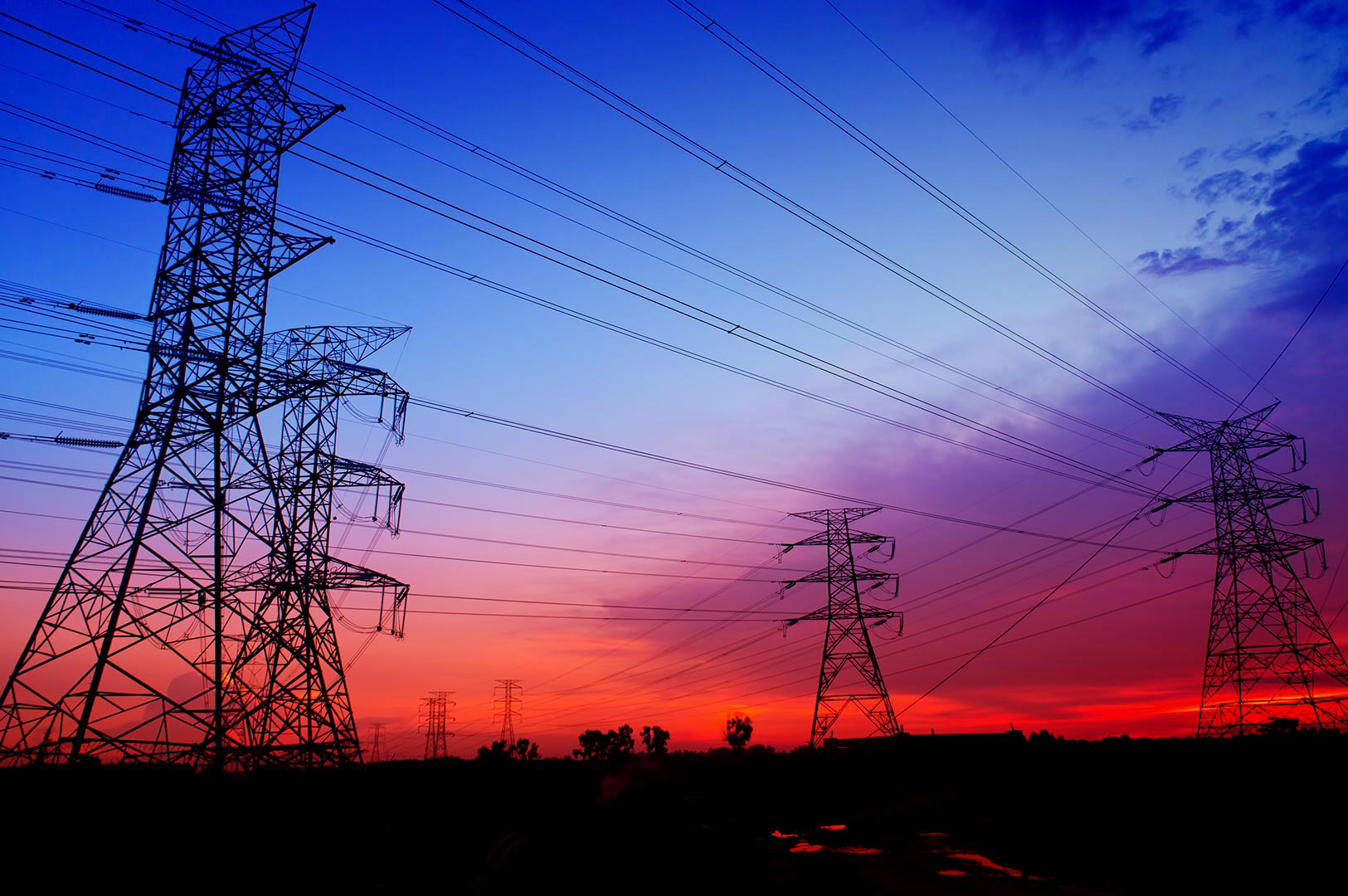For the world to achieve a ‘net zero’ position, where we release no more emissions than we can negate, renewable power will need to supply 90% of our global electricity needs, according to the International Energy Agency (IEA).
That’s quite an expansion when you consider that now, around 12% of the world’s power is generated by renewable sources.
A surprising world leader
And what’s perhaps also surprising – especially to us in the UK – is that the majority of this emissions-free energy is currently produced by hydro-electric power.
This is because hydro is the longest-established renewable technology.
Globally, it generates more electricity than all other renewable sources combined, providing one-sixth of the world’s electricity – or around 4300 terawatt hours (TWh) in total.
But that’s set to change as installation of the two ‘new kids on the block’ – solar and wind energy – expands at record rates.
Wind top source for UK
Certainly, for us in the UK, wind has been our leading renewable source for many years, supplying as much as 50% of our generation needs on windy days, and an annual average of 27%.
And there are plans to add another 20 gigawatts (GW) of capacity to our current 30 GW by 2050. Although there are policy challenges to overcome first (see our recent blog re offshore wind).
Solar capacity has also been growing, despite the challenges for our northern-hemisphere climate along with competition for suitable land.
Big ambitions to expand solar
Currently, we have more than 15 GW of installed solar capacity. But the government has stated that it plans to increase this five-fold to 70 GW by 2025.
There are also plans to expand solar installations in Europe five-fold, with the European Solar Photovoltaic Industry Association estimating that by 2030, Europe could have solar capacity exceeding 700 GW.
Certainly globally, solar has become the fastest-growing renewable technology. It’s forecast to overtake all other renewable sources in terms of power capacity this year (2024) – and all power sources including gas and coal by 2027.
The intermittency challenge
Of course, the challenge with increasing the volume of power generated by wind and solar is managing intermittency.
Advances in storage technologies – and using existing ones like pumped storage, which is where hydro comes into its own – are therefore key to support this transition.
If you are an nBS customer who receives energy market insight from our award-wining Optimisation Desk to support your purchasing strategy, you can access our full report on the global picture for wind, solar and hydro development via our Risk Navigator portal.
This report covers:
- The conditions that support the greater adoption of wind energy globally – and the challenges that need to be overcome.
- Why hydro needs to remain a key energy source – and the countries leading its expansion.
- Solar’s dominance in the northern Europe – and how to encourage wider expansion.
If you’d like to contact the experts on the Optimisation Desk direct, you can get in touch via eps@eonenergy.com
/npm214%20Digital_H_UB86.jpg)
/npm214%20Digital_H_UB94.jpg)
/npm214%20Digital_H_UB92.jpg)




/npm214%20Digital_H_UB102.jpg)

/npm214%20Digital_H_UB139.jpg)
/Author%20Profile%20Salah_Shireen_G.png)
